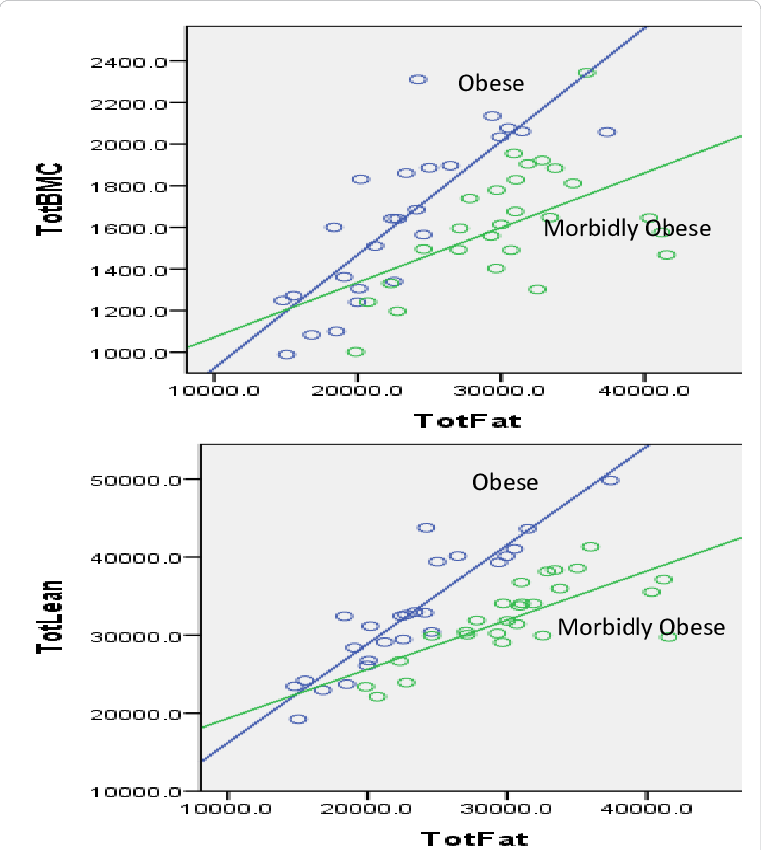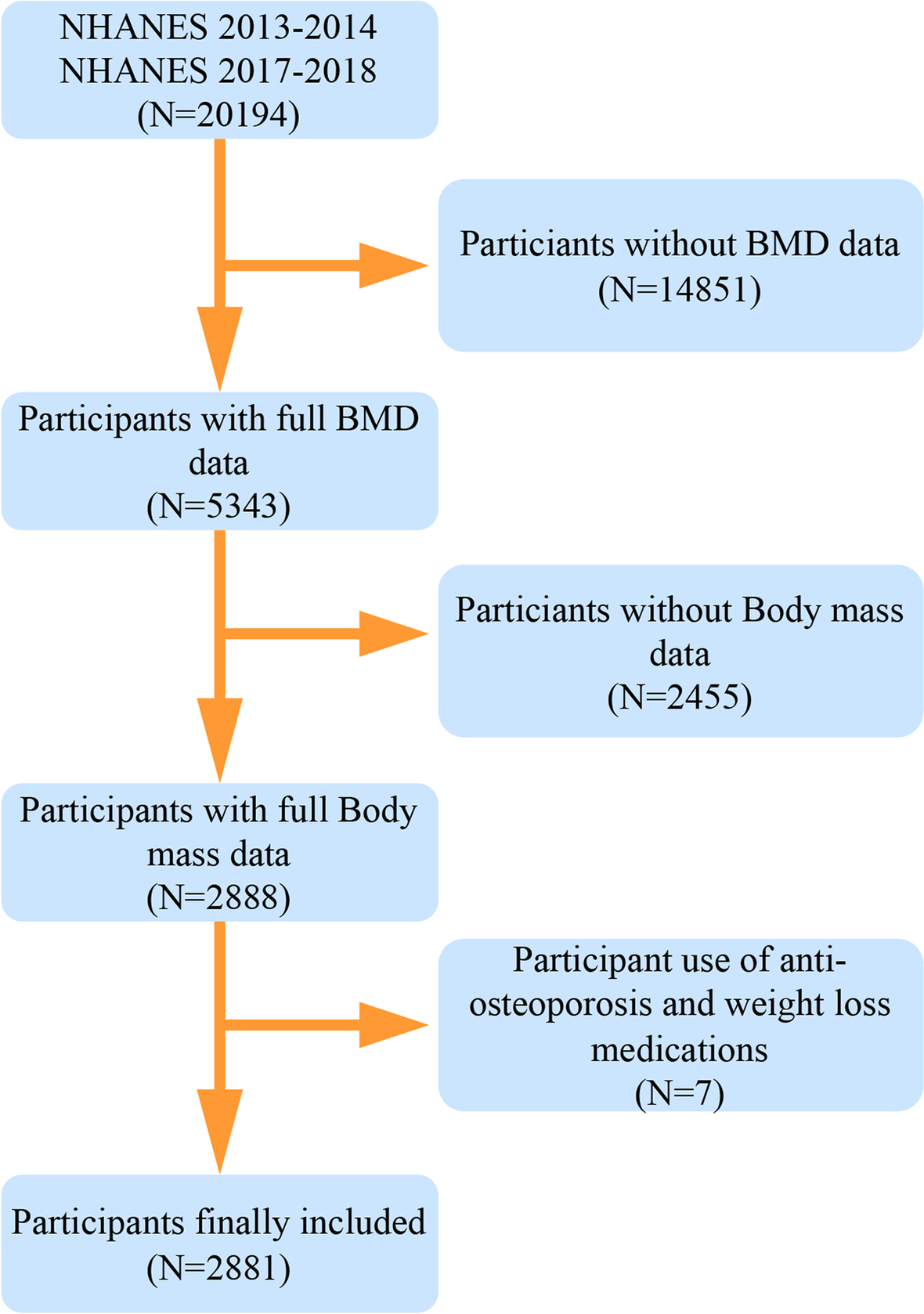LVZZO
̿̿ ̿̿ ̿̿ ̿'̿'\̵͇̿̿\з= ( ▀ ͜͞ʖ▀) =ε/̵͇̿̿/’̿’̿ ̿ ̿̿
- Joined
- Apr 23, 2023
- Posts
- 2,462
- Reputation
- 3,034
Evidence suggests you should be overweight during childhood and teenage years
Just control your estrogen levels if you don't want child bearing hips, keep a lean bulk and exercise regularly
Keep a 15-25% body fat

This is why fatcels are taller and have big frames
For example this partially explains why fat girls have bigger hips than thin girls
(fat girls are underrated tbh)

Visceral fat area, Waist–hip ratio

 pubmed.ncbi.nlm.nih.gov
pubmed.ncbi.nlm.nih.gov

Jfl some scientists thought the opposite was true

 bmcendocrdisord.biomedcentral.com
bmcendocrdisord.biomedcentral.com
Just control your estrogen levels if you don't want child bearing hips, keep a lean bulk and exercise regularly
Keep a 15-25% body fat

This is why fatcels are taller and have big frames
For example this partially explains why fat girls have bigger hips than thin girls
(fat girls are underrated tbh)

Visceral fat area, Waist–hip ratio
Body weight is a principal determinant of bone density and fracture risk, and adipose tissue mass is a major contributor to this relationship. In contrast, some recent studies have argued that "fat mass after adjustment for body weight" actually has a deleterious effect on bone, but these analyses are confounded by the co-linearity between the variables studied, and therefore have produced misleading results. Mechanistically, fat and bone are linked by a multitude of pathways, which ultimately serve the function of providing a skeleton appropriate to the mass of adipose tissue it is carrying. Adiponectin, insulin/amylin/preptin, leptin and adipocytic estrogens are all likely to be involved in this connection. In the clinic, the key issues are that obesity is protective against osteoporosis, but underweight is a major preventable risk factor for fractures.

Fat and bone - PubMed
Body weight is a principal determinant of bone density and fracture risk, and adipose tissue mass is a major contributor to this relationship. In contrast, some recent studies have argued that "fat mass after adjustment for body weight" actually has a deleterious effect on bone, but these...

Data included baseline assessment of girls ages 7-11 years participating in a dietary weight-loss intervention
Correlation between total body fat (g) and a) bone mineral content (BMC (g)) b) lean mass (g) in obese and morbidly obese girls
The effect of obesity on musculoskeletal health is an important area of investigation, as obese children have been a population with surges in fracture incidence and have poorer muscle function relative to their healthier weight peers. Although it has become clear that body mass is a significant determinant of bone and lean mass in absolute terms, the influence of excessive amounts of fat on musculoskeletal quality during critical stages of development is an emerging health concern. Particularly in girls, across the pubertal years, body fat has been associated with larger and denser bones in girls; however, accelerated skeletal growth and greater bone and lean mass does not translate into qualitative benefits in musculoskeletal quality.
Jfl some scientists thought the opposite was true
The main finding of this study was that body fat mass (Android or Gynoid) was positively associated with BMD, regardless of gender (Males or Females) or sites (Femur or Lumbar spine), which was inconsistent with our hypothesis or conventional perception. Gender differences were found in body fat distribution, consistent with the previous studies. In males, fat was more likely to be concentrated in the abdomen (Android fat), and in females, fat was more likely to be concentrated in the buttocks (Gynoid fat). Genome-wide association studies from the UK Biobank suggested that specific loci might determine fat distribution. On the other hand, gene-environment-related effects were one of the possible mechanisms. Metabolomics, microbiomics, and the dietary lifestyle of individuals might all be involved.

The association between body fat distribution and bone mineral density: evidence from the US population - BMC Endocrine Disorders
Objective To investigate the association between different body fat distribution and different sites of BMD in male and female populations. Methods Use the National Health and Nutrition Examination Survey (NHANES) datasets to select participants. The weighted linear regression model investigated...








